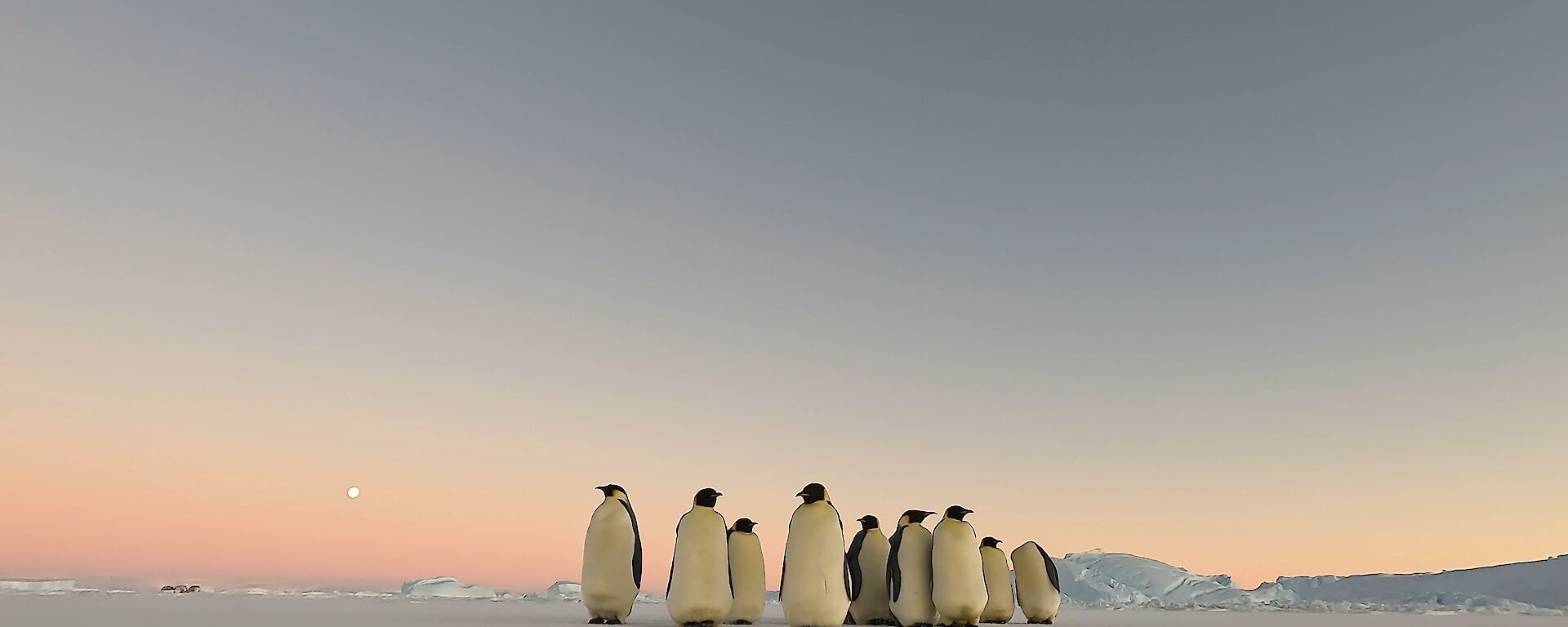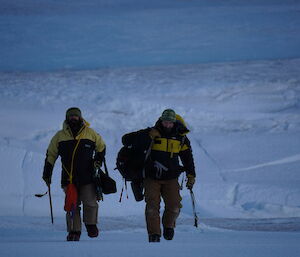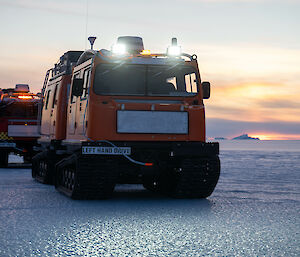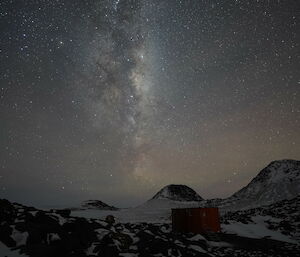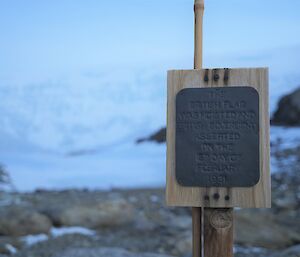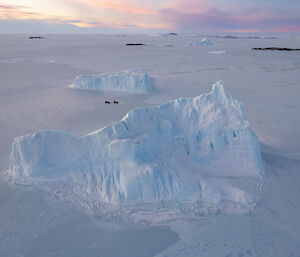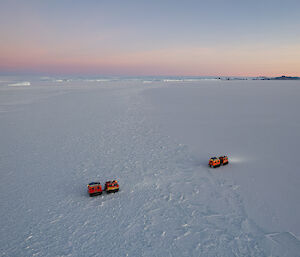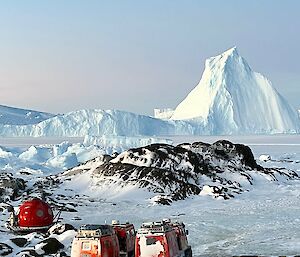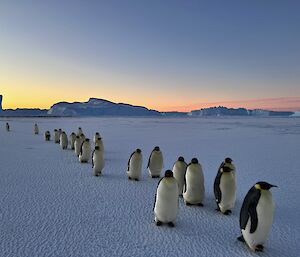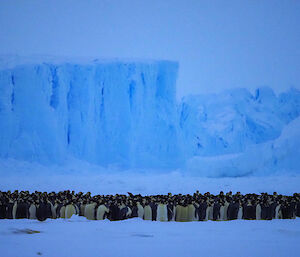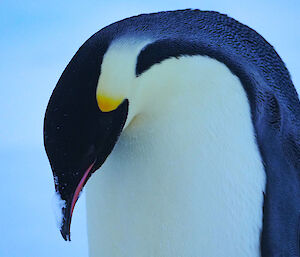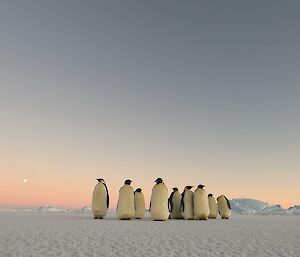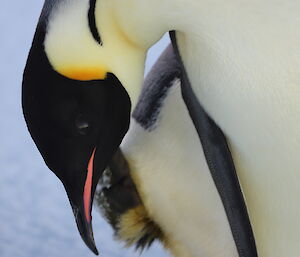As we become the first to set foot on newly formed sea ice each winter season, one pontificates whether we can bestow upon ourselves the haughty title of polar explorers. Common sense says no; my resume says yes.
In reality though, we’re not so much explorers as we are commuters, following the time-tested travelling procedures that the AAD has developed over the years. The purists would claim walking is the best form of transport; the shrewd knows that’s moronic. Why walk when you can drive? Hägglunds, as our primary mode of transport, has a proud history with the Australian Antarctic Program, and allows us to assist with science projects on far flung islands.
Every drive on the ice takes significant planning and preparation. First, we must make sure that the ice is able to support the 6-ton weight of the Häggs. Depth measurements are made in the ice at fixed geo-marked locations along the route (or sites of concern), usually before the first overnight trip of the season. It is not uncommon for trips to involve significant detours to avoid large ‘cracks’ that open up as the ice sheets pull away from each other.
Second, the diesos keep a close eye on the conditions of the vehicles. Road side assistance out here is very expensive, measured in cartons of beer. Communications equipment must also be checked, ensuring that there are several ways to contact Mawson station and Head Office in case of any emergencies. Selecting food to take is perhaps the most important – there are no servos along the way to pick up a Four’n Twenty. Luckily our amazing chef always has a freezer stocked with delectable goodies for us to take.
Once the preparations have been completed, it can be a patient game of waiting for the right weather window to come along. As Mawson is Australia’s windiest Antarctic station, we need to maximise the opportunities whenever the weather becomes favourable. Then it’s a matter of loading up the Häggs, and go!
Once on the ‘road’ there are no fancy toilet breaks – we each have a pee bottle to dispense of bodily liquids to bring back to station. Drivers and passengers have to be constantly vigilant of sea ice conditions – if there’s the slightest of doubt we stop and measure the ice thickness, lest we fall through. We keep the station regularly updated regarding our location and status, as well as any changes to our trip intentions.
Finally, once at the field hut, check that it’s safe to enter, then unpack and crack open a cold one (bottle of water, not anything else). What an adventure!
David Tian, Mawson Doc

